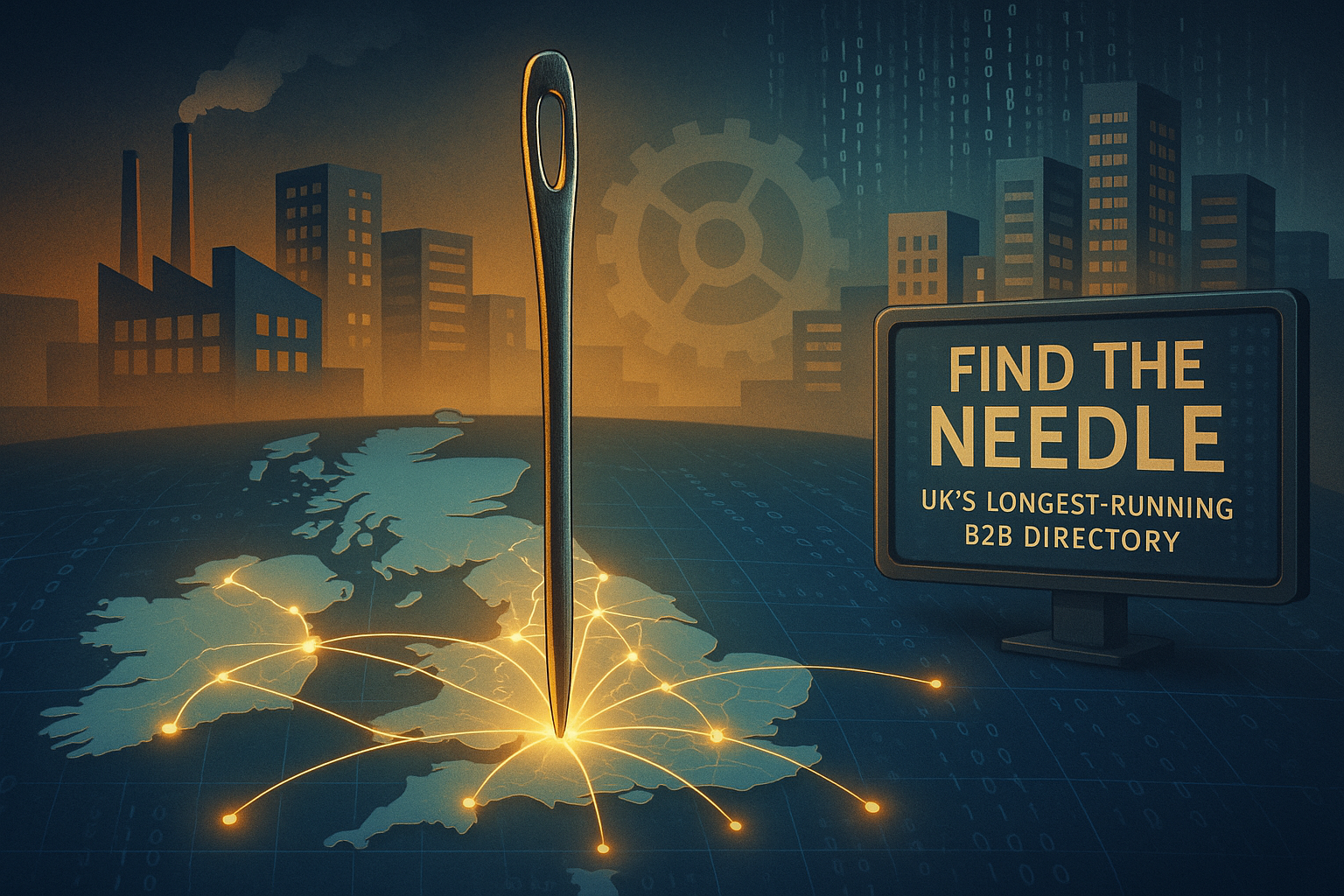How to Streamline International B2B Payments in 2025
- 29 Apr 2025
- Articles

Photo by Yan Krukau
Let’s face it – making B2B payments across borders used to feel like launching a carrier pigeon and hoping it lands in the right country. But this is 2025, not 1925.
Whether you're a UK-based SME or a multinational exporting award-winning Yorkshire tea, streamlining international transactions is no longer a luxury. It’s a necessity.
Thanks to evolving technology, clearer regulations, and a growing demand for payment transparency, businesses now have an arsenal of tools to make cross-border transactions faster, cheaper, and significantly less headache-inducing.
Here's how to ensure your business doesn’t get stuck in the payment slow lane.
Out with the Old: What Slows Payments Down
Before diving into the solutions, let's acknowledge the chaos of old-school cross-border payments. These were some of the usual suspects:
-
Long processing times (we’re talking days, not hours)
-
Opaque fees that show up like surprise party guests - uninvited and expensive
-
Confusing foreign exchange rates
-
Poor tracking
If any of this sounds familiar, don’t worry. You’re not alone, and there’s a better way.
Embracing the New: What’s Working in 2025
Enter the new age of international B2B payments, a time when fintech, AI, and smart compliance come together like a power trio at a finance festival.
Here’s what modern businesses are doing:
-
Using Multi-Currency Digital Wallets: These allow you to hold, pay, and receive in multiple currencies without constant conversion costs.
-
Partnering With Global Payment Platforms: Services like Wise, Airwallex, and others offer B2B-specific solutions with transparent fees and faster transfers.
-
Automating Compliance and Invoicing: Goodbye manual forms, hello automated KYC/AML, and instant e-invoicing.
And here’s where things get really exciting: businesses are finally getting a handle on monitoring SWIFT payments. If you're tired of chasing wire transfers like they’re part of a spy movie plot, tools now exist to provide real-time tracking of international transactions.
In fact, many businesses are turning to payment transparency platforms like Narvi to enhance monitoring SWIFT payments. Knowing where your money is and when it will land gives finance teams the power to plan better, reduce stress, and perhaps even take a proper lunch break.
Regulatory Refresh: Compliance Without the Complexity
If compliance makes you break out in a cold sweat, you’re not alone. Thankfully, regulations have gotten a bit friendlier in recent years (yes, really). Post-Brexit, the UK has updated many financial compliance standards, and with global initiatives like ISO 20022 becoming standard, payment messaging is clearer than ever.
Top regulatory trends helping B2B transactions include:
-
ISO 20022 Adoption: Standardized financial messaging equals fewer errors and faster processing.
-
Open Banking Improvements: APIs are no longer just for techie – they’re streamlining authentication and payment initiation.
-
Real-Time Fraud Detection: AI-powered tools can flag suspicious activity faster than a hawk spots a field mouse.
The trick here is integrating your payment platform with tools that auto-check for compliance and send alerts if something’s off. Bonus: this makes your finance team look like rock stars to the board.
Practical Tips for Smoother Payments
To wrap things up, here are some simple but effective practices you can implement today:
-
Centralize your payment process using a single dashboard (no more 10-tab chaos)
-
Set FX rate alerts to avoid getting fleeced by market swings
-
Negotiate better terms with international vendors - early payment discounts can sweeten the deal
-
Use tracking tools (remember that SWIFT monitoring tip?) to avoid the dreaded “Where’s our payment?” email
-
Regularly audit your process to identify snags before they become costly
Final Thought: Payment Peace of Mind
International payments in 2025 don’t have to feel like playing financial roulette. By using the right platforms, staying on top of regulatory changes, and embracing real-time transparency tools, you can turn a major pain point into a competitive advantage.
And let’s be honest – anything that gets finance teams out of detective mode and back into strategy mode is a win for everyone.
So go ahead, and send that payment across the globe. With the right tools, it’s practically as easy as ordering lunch.








